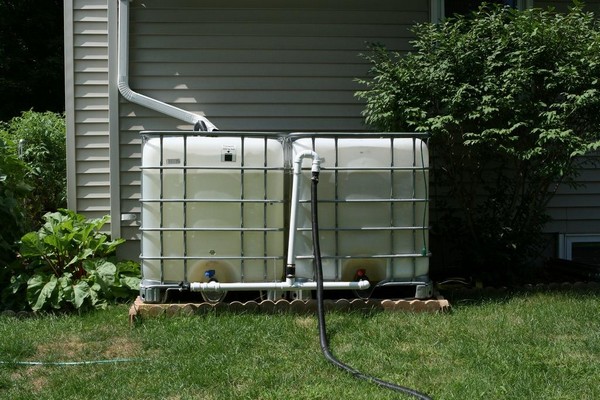Rainwater tanks are the newest and most sustainable trend for water conservation. Rainwater tanks play an important role in the sustainability of water. Water serves a critical role in our everyday lives. We need water to clean, cook, bathe and perform a variety of other home functions. For this reason, it is very important to have a sustainable source of water.

Climate change has become the main concern for many individuals. Seeking to find sustainable ways to use water has become increasingly popular. For this reason, installing a small rainwater tank has allowed homeowners to decrease their municipal water usage and prevent wasteful run-off in storm drains.
What Are Rain Water Tanks?
Rainwater tanks are used to store and collect excess rainwater to be used for cleaning, washing clothes, watering gardens and other household chores. The water in the tank is stored for use at a later time.
For example, if an area experiences heavy rainfall on a certain day, the water is stored and utilized when needed. This is very important as it allows the tank to be consistently refilling as time goes on.
This helps to create a balance. There are different types of rainwater tanks, some tanks are underground while other as above ground. In some cases, rainwater may be used for drinking after it has been subject to sterilization.
Many industries have benefited from the use of rainwater tanks. For example, rainwater tanks have to be installed by a plumber in order to be used for a home’s laundry area or bathroom. This has enabled a new stream of revenue for plumbers.
Installing these tanks should be done by a plumber that understands the fundamental aspects of water tanks and how they operate. The government offers water tank rebates for individuals that have the tank installed by a licensed plumber.
The Australian government has stated that every new home built in Australia must be certified with a rainwater tank to pass inspection. This has also benefited the industry and allowed more individuals to have access to a sustainable rainwater tank.
How Are They Sustainable?
Small rainwater tanks are sustainable as they limit the reliance on municipal water. This is very important for reducing the household cost of water as well as limiting the processing load at the water plant.
These are two very important aspects that contribute to overall success. Ensuring the rainwater tank is sustainable helps to combat climate change. Many homeowners are happy to have small rainwater tanks installed on their property. Making use of rainwater is an effective method that limits the number of extra resources spent.
Many individuals see water tanks as nothing more than a trend, however, this is not the case. Rainwater tanks are sustainable and renewable sources of water collection.
This method of water collection is especially popular for Australians living in rural areas without reliable access to municipal water. Water tanks serve as one of the basic necessities for these types of areas. Parts of the region are also prone to drought. For this reason, rainwater tanks are a staple in their everyday life.
Rainwater from rainwater tanks can be used for all different home and personal uses. As stated previously, the water in the tank may need to be sterilized for drinking consumption and cooking. There are water restrictions for certain city areas in the country. This has also led to an increase in the usage of rainwater tanks.
The main benefit of rainwater tanks is their ability to store water effectively. The tanks hold a prescribed amount of liquid in order to be used at a later time. The tanks can store water without leakage.
This is very important for ensuring they are reliable and functional sources of water conservation. Rainwater tanks have also been documented in other areas of the world as well.
Many countries and communities have systems similar to rainwater tanks that collect rainfall throughout parts of the year. In some countries, there is a wet and dry season. During these seasons, regions experience large amounts of rainfall on a daily basis or no rainfall at for days or weeks at a time. With the implementation of rainwater tanks, the problem is solved efficiently.
